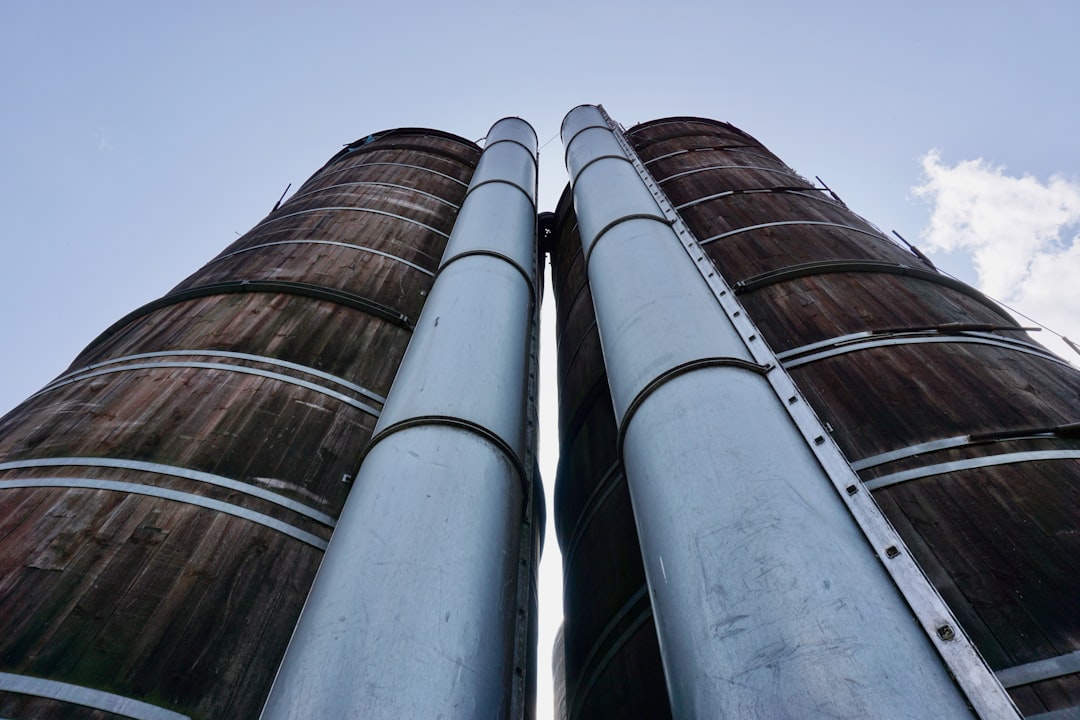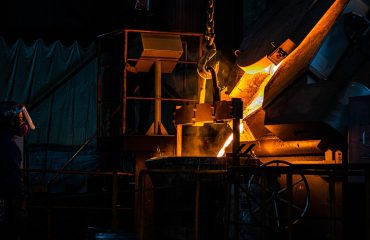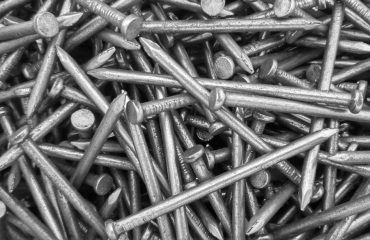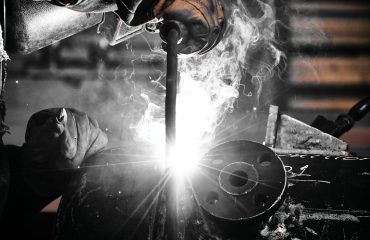body { font-family: sans-serif; line-height: 1.6; }
h1, h2, h3 { color: #333; }
img { max-width: 100%; height: auto; }
The engineering world is constantly seeking materials that offer superior strength, lightweight properties, and corrosion resistance. Carbon fiber-coated steel pipes represent a significant advancement in this pursuit, combining the robust nature of steel with the exceptional tensile strength and lightweight characteristics of carbon fiber. This innovative combination opens up a vast array of applications across diverse industries.
The Manufacturing Process: Layering Strength and Durability
Creating carbon fiber-coated steel pipes involves a sophisticated multi-step process. First, the steel pipe, typically made from high-strength steel alloys, undergoes rigorous surface preparation. This might involve cleaning, degreasing, and potentially shot blasting to ensure optimal adhesion of the carbon fiber. Next, a layer or multiple layers of carbon fiber are applied. This is often achieved using a filament winding technique, where continuous carbon fiber tows are precisely wound onto the prepared steel pipe. The fiber orientation is crucial, often tailored to optimize the pipe’s strength and stiffness in specific directions. A resin matrix, such as epoxy or polyurethane, is then introduced to bind the carbon fibers together, creating a strong composite material. The entire structure is then cured, usually under controlled temperature and pressure, to ensure complete polymerization of the resin and optimal bond strength between the carbon fiber and the steel substrate.
Superior Strength and Lightweight Properties: A Winning Combination
The key advantage of carbon fiber-coated steel pipes lies in their unique combination of high strength and low weight. Steel provides the base structural integrity and resistance to compressive forces, while the carbon fiber layer significantly enhances the tensile strength and stiffness. This results in pipes that are considerably stronger and more resistant to bending and buckling than traditional steel pipes of comparable diameter. The weight reduction is equally significant, leading to easier handling, transportation, and installation, reducing overall project costs. This makes them particularly attractive for applications where weight is a critical factor, such as aerospace, automotive, and marine industries.
Enhanced Corrosion Resistance: Extending Lifespan and Reducing Maintenance
Corrosion is a significant concern for steel pipes, especially in harsh environments. The carbon fiber coating provides an excellent barrier against corrosion, significantly extending the lifespan of the pipes and reducing the need for frequent maintenance and replacements. The outer carbon fiber layer protects the underlying steel from exposure to moisture, oxygen, and other corrosive agents. This is particularly beneficial in applications such as offshore oil and gas pipelines, chemical processing plants, and seawater applications where corrosion can be a major problem.
Applications Across Industries: From Aerospace to Infrastructure
The versatility of carbon fiber-coated steel pipes makes them suitable for a wide range of applications. In the aerospace industry, they are used in aircraft structures and fuel lines, where lightweight yet extremely strong materials are essential. The automotive industry utilizes them for high-performance vehicle components, enhancing both safety and fuel efficiency. The oil and gas industry benefits from their enhanced corrosion resistance for pipelines and drilling equipment. Civil engineering projects also utilize them in bridge construction, infrastructure projects, and other applications requiring high strength and durability. Furthermore, their use is expanding in the renewable energy sector for wind turbine towers and other applications requiring high strength-to-weight ratio.
Future Prospects and Technological Advancements: Pushing the Boundaries
The field of carbon fiber-coated steel pipes is constantly evolving. Research is focused on optimizing the manufacturing process to further enhance efficiency and reduce costs. New resin systems are being developed to improve the durability and long-term performance of the composite material. Advanced techniques like the incorporation of sensors within the carbon fiber layer are being explored to enable real-time monitoring of the pipe’s structural integrity. This technology has the potential to revolutionize predictive maintenance and ensure the safety and reliability of critical infrastructure.
The future looks bright for carbon fiber-coated steel pipes. As technology advances and costs continue to decrease, their adoption is expected to grow across various industries, leading to safer, more efficient, and more sustainable infrastructure and products.




